Envisioning the Future of Online Healthcare Tools
Britney Na Interaction Designer#Design, #Design Advice

The number and variety of healthcare tools and apps available online is constantly increasing. How can designers work to make these tools better?
As our modern world gets more and more connected, the information and tools that are available to us are constantly increasing and developing, and one area in which this progress is especially interesting to watch is that of healthcare. It’s fascinating to look at the tools that are empowering people to take charge of their own health, and from a design perspective, it’s especially interesting to consider how these might continue to improve and develop.
What’s Out There Right Now?
Medical information used to be harder to come by, and people had to rely on doctors or healthcare providers for information like medical records or test results, or even just basic understanding of medical terms and treatments. Now, as both patients and organizations become more connected, this type of data is being made available online, and we can now not only manage our own Personal Health Records (PHRs), we can search for the medical information we need to know, schedule doctor visits, renew prescriptions, and more, keeping track of our health without leaving our computers (or, through the use of mobile devices, taking that important information everywhere we go). Let’s look at a few examples of the resources that are currently available for patients to use:
Healthcare Provider: DuPage
Medical Group
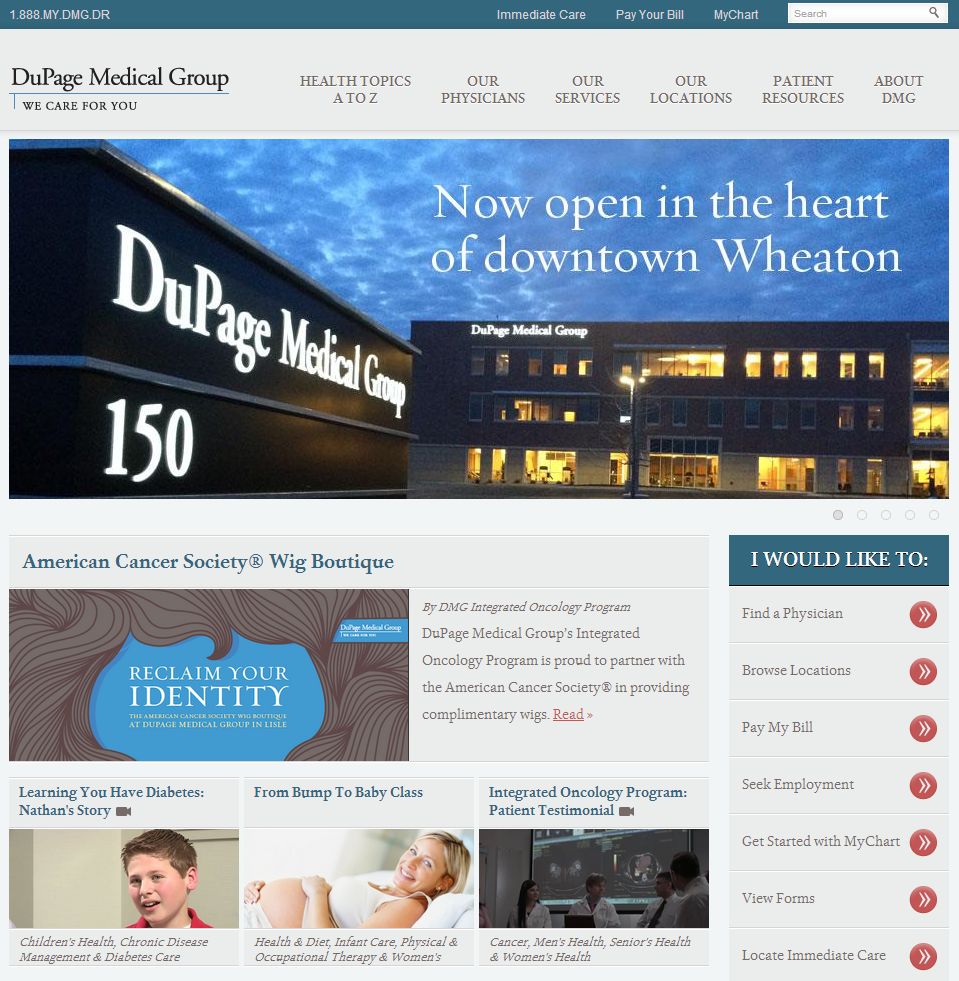
DuPage Medical Group, a multi-specialty physician group with a number of offices located near Diagram’s headquarters in Aurora, Illinois, is a great example of a healthcare organization that provides plenty of tools for their patients. Their website contains a database of their doctors, information about all the services they provide (including a large number of blog posts on a variety of health topics by many of the doctors on staff), location information (including maps) for all of their offices, downloadable patient forms, access to patient medical charts, information about participating insurance/health plans, and online bill payments.
Medical Lab: Quest Diagnostics
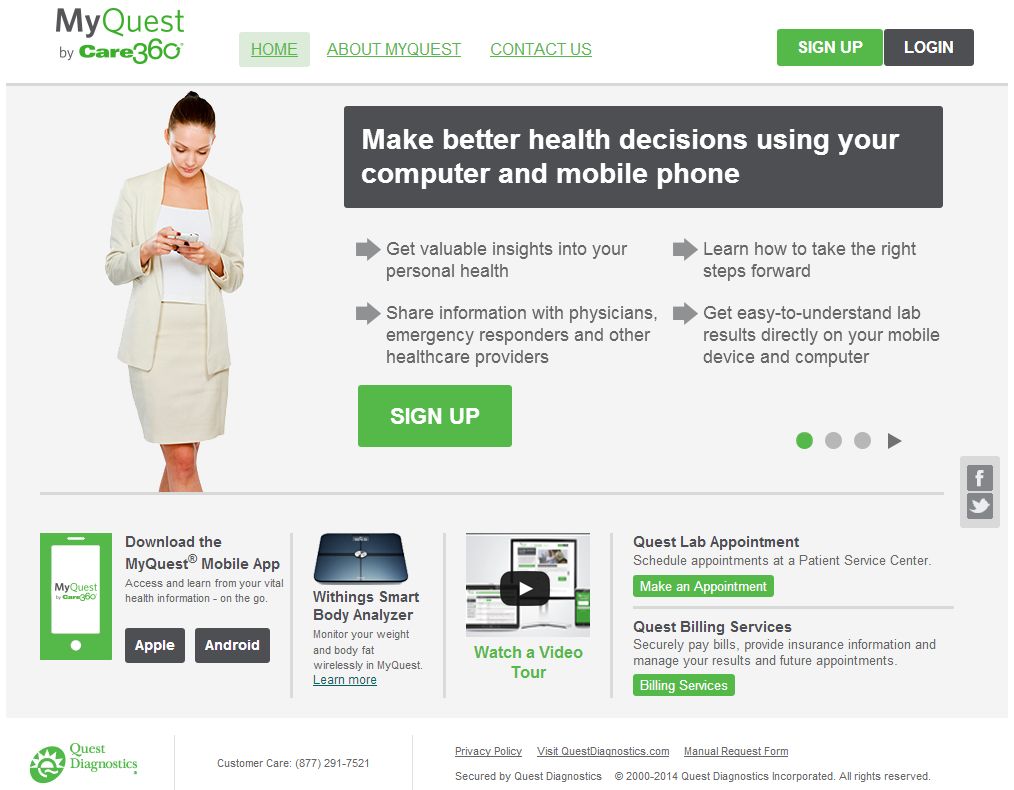
While you used to have to rely on your doctor to contact you with any medical test results, many medical labs now allow you to access this information online. Quest Diagnostics takes this even further with their MyQuest patient portal and mobile app, which allows you to schedule appointments, find directions to locations, read test results, and pay bills. There are also some nice options included, such as easy sharing of information with doctors, the ability to keep information on hand that might be important for emergency technicians, health tracking tools, and medication reminders.
Health Coverage: Blue Cross Blue Shield of Illinois
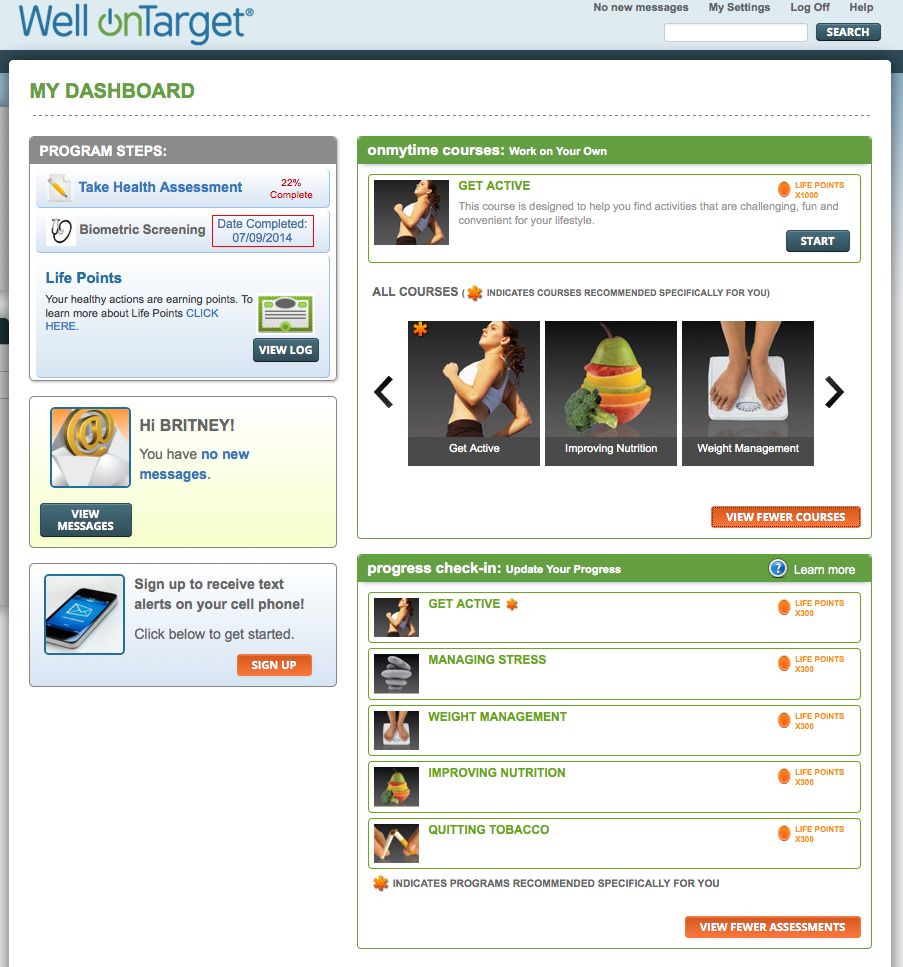
Most health insurance companies use their websites to offer the expected information about their coverage and provide options for viewing and paying bills online, but some of them are also encouraging their customers to maintain a healthy lifestyle by including other online tools. Blue Cross Blue Shield of Illinois uses a wellness program called Well onTarget, which provides health assessment tools that allow users to answer questions about their current health and set regular goals; courses on topics like fitness, healthy eating, and weight management; and trackers like a food diary that can help their members work toward improving their health.
Dietary Information: ChooseMyPlate.gov
![]()
First Lady Michelle Obama’s initiative for teaching children about healthy eating is a great source of information about nutrition for people of any age, and it also includes an online tool called SuperTracker, which allows users to log their meals and fitness activities and work toward personal health goals. They can also look up nutritional info for a large number of foods, set up a personalized nutrition and fitness plan, and build and save recipes.
Fitness Tracking: Fitbit
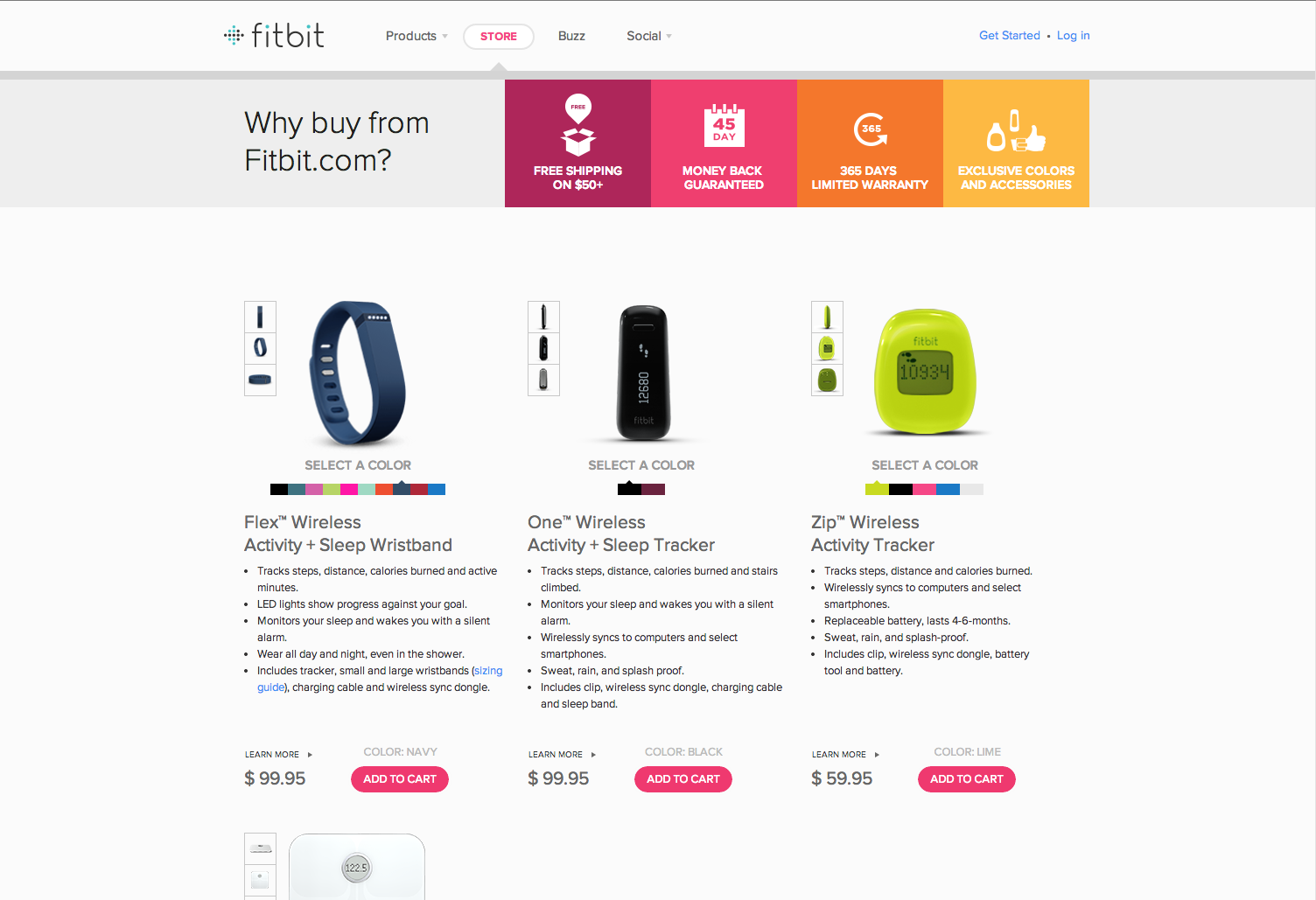
While there are many types of sites or apps that allow users to log fitness information, the leading edge of technology takes this a step further, providing versatile tools that can track and log this data automatically. Fitbit is one popular product, a wristband that users wear which monitors activity (including steps taken in a day, distance run or walked, heart rate, and calories burned), saving it all in an app that keeps track of progress toward personal goals. Users can also log the food they eat and even connect to other products like scales to track their weight and BMI in order to monitor as much of their personal health as possible.
And More!
The tools listed above only scratch the surface of the resources available for health. Here are a few more examples:
- Apps that turn fitness into a game, such as Zombies, Run!
- Apps that provide nutritional information, such as Dirty Dozen, which lists produce that is most and least likely to be contaminated with pesticides, or Seafood Watch, which lists restaurants and stores that provide ocean-friendly, sustainable seafood.
- Apps for tracking diets and counting calories, such as MyFitnessPal.
- Sites and apps like TheCarrot.com that not only let you track health information, but also provide tools to manage chronic conditions like diabetes.
- Products like scales and heart monitors (such as those available from Withings) that transmit data to apps in order to track health information.
- Tools that let you connect directly to your doctor, like Verizon Virtual Visits.
Where Is This All Going?
As you can see, the volume of information and tools available in the area of healthcare is overwhelming. While it’s incredibly convenient to have all these tools at our fingertips (and with the proliferation of smart phones and now smart watches, in our pockets and on our wrists), figuring out which tools to use and how to make them work together can be tricky. From a designer’s perspective, this is an exciting challenge. We’ve got plenty of questions to consider:
- How can we help medical providers integrate these tools into their websites in ways that are intuitive and easy to find?
- Devices and apps can track and store health information, but this information can end up walled inside that particular app, making it difficult to share. How can we make it easy to transmit this data to doctors or medical providers?
- How can the interfaces of websites and apps be improved to help people understand the data being tracked and connect them to educational information they might need to know?
- How can wearable devices interact with dietary resources and medical providers to unite all the different aspects of a healthy lifestyle?
- For diet tracking, logging different foods can be difficult and time consuming, since the ingredients in different meals can vary so widely. How can we make this process easier, and how can we integrate this data with tools that promote healthy eating?
- How can we make sure medical information is secure, since privacy is not only important, but required by law for medical records?
We’ll be able to address these questions (and other issues that are sure to arise) as healthcare-related tools continue to grow and develop, but one thing that is for certain is that people are now empowered like never before to take charge of their own healthcare. While there are risks and challenges that come with the proliferation of new technologies, the benefits that these tools provide are so great, people will want to get the most out of them, which emphasizes the importance of design in helping them to make everything work together smoothly and intuitively. Do you have any thoughts about how these tools could be improved or integrated together more effectively? Do you have any favorite apps or sites that you think are essential for taking control of your health? Please let us know in the comments below.
Related Posts

User Onboarding Process: Guiding Visitors Through Your Website
We offer some tips on how to design a website in a way that helps users intuitively understand how to use it to accomplish their goals.
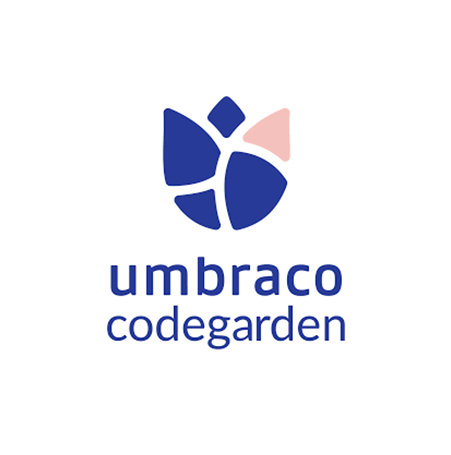
Codegarden 2025 Product Highlights
Highlights from Codegarden 2025, including Umbraco Compose and MCP Server—game-changing tools for composable and AI-powered content management.
Results Matter.
We design creative digital solutions that grow your business, strengthen your brand and engage your audience. Our team blends creativity with insights, analytics and technology to deliver beauty, function, accessibility and most of all, ROI. Do you have a project you want to discuss?
Like what you read?
Subscribe to our blog "Diagram Views" for the latest trends in web design, inbound marketing and mobile strategy.
